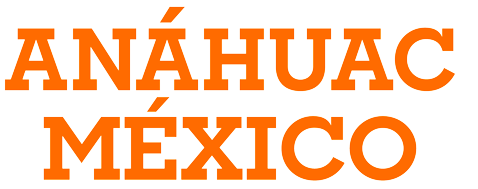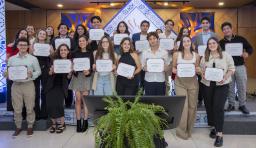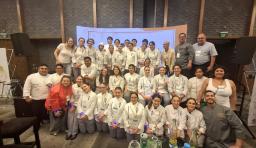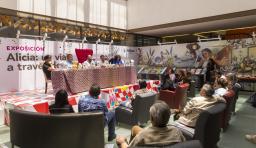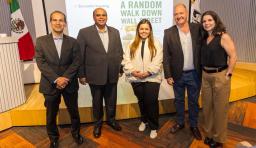Habemus Papam!: Pope Leon XIV
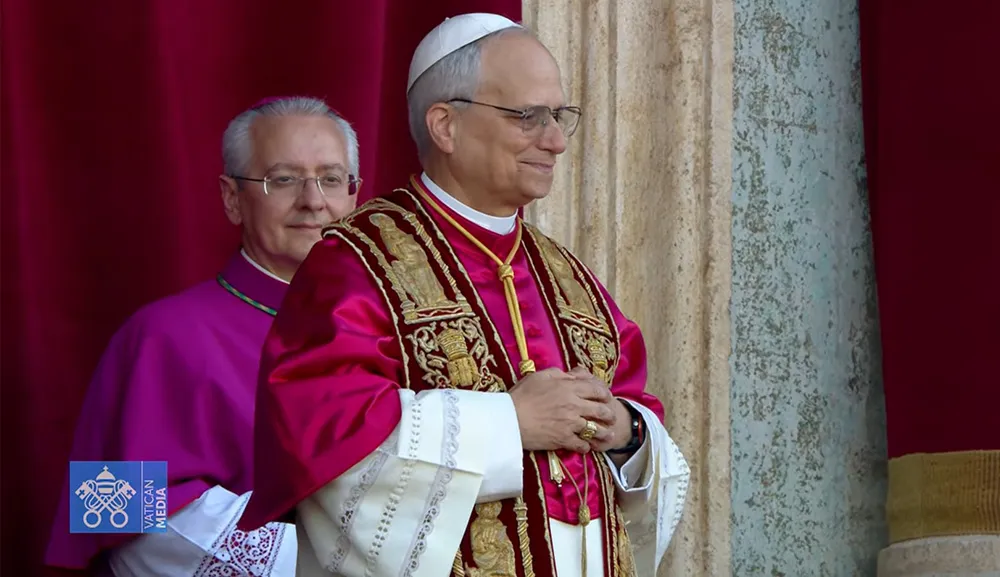
On May 8, 2025, the Conclave of 133 Cardinals elected the new successor to St. Peter.
The phrase Habemus Papam (we have a Pope) announces to the world the election of the new leader of the Catholic Church. It is brief, solemn and powerful. But behind those words is a long process, steeped in tradition, strict rules and symbolism that have endured for centuries: the Conclave.
When a pope dies or resigns, cardinals under the age of 80 are summoned to the Vatican to elect his successor. This group is known as the College of Cardinals and is currently composed of 241 members, although not all have the right to vote since only 136 can participate in the election of the new pontiff (Regnum Christi, n.d.).
To date, there have been 266 popes in the history of the Catholic Church, from St. Peter to Pope Francis, who passed away on April 21. It should be noted that some pontiffs have used different names. Of these, 264 have been popes under different names.
The Conclave is held in the Sistine Chapel, a place charged with art and silence. Before they begin, the cardinals are sworn to absolute secrecy. They cannot use cell phones or receive news from the outside; they remain isolated until the necessary consensus is reached.
The election is conducted by secret ballot. Each day includes up to four ballots: two in the morning and two in the afternoon. If a cardinal obtains at least two-thirds of the votes, he becomes pope. He then accepts or declines the office. If he accepts, he chooses a new papal name. The signal that communicates this to the world is white smoke rising from the chimney of the Sistine Chapel. Black smoke indicates that a choice has not yet been made.
Once elected, the new Pope presents himself to the world from the balcony of St. Peter's Basilica. It is there that the protodeacon pronounces the phrase that millions are waiting for: Annuntio vobis gaudium magnum; habemus Papam!
Although the process is governed by ancient norms, it has evolved over time. For example, the use of printed ballots and ballot boxes to count votes is permitted, and there is greater geographic diversity among the voting cardinals.
The Conclave is not just an electoral mechanism. It is also a reflection of the history, spirituality and unity of an institution of more than 1.3 billion believers. Electing a pope is not a simple political or administrative decision. For the Church, it is a sacred moment.
And today, May 8, 2025, Habemus Papam!
Cardinal Robert Francis Prevost has been elected as the 267th Pope of the Catholic Church. He assumes the pontificate with the name Leon XIV, marking the beginning of a new stage in the history of the Church. He is 69 years old, was born in Chicago in 1955 and has held Peruvian nationality since August 24, 2015 (RENIEC). He is American, with French and Spanish roots, and has lived four decades in Peru, where he served as a bishop. His profile reflects the diversity and universality of the Church in the 21st century.
Source consulted:
Regnum Christi. (s.f.). ¿Qué es un cónclave? Recuperado de https://www.regnumchristi.mx/conclave/
Photo taken from Vatican Media
For more information:
Carmen Crisette Romero Lugo
crisette.romero@anahuac.mx
Content Editor
Institutional Communications Department
